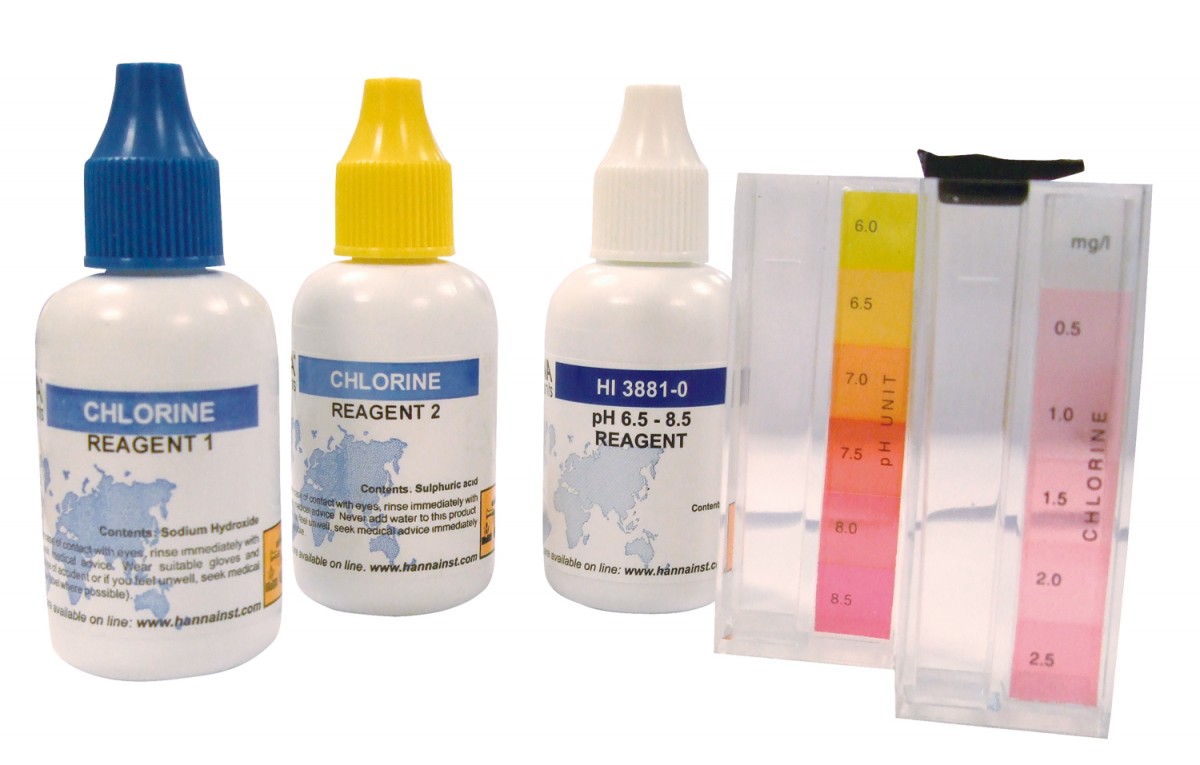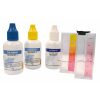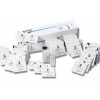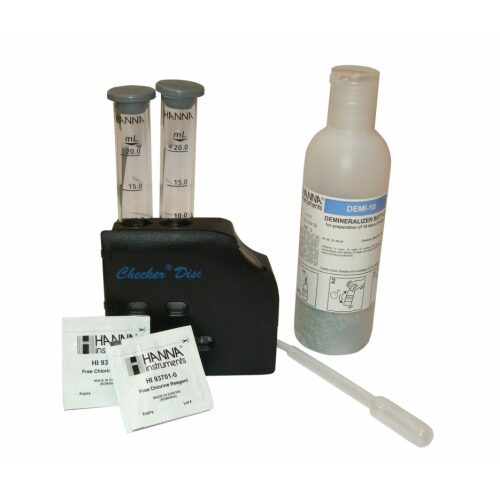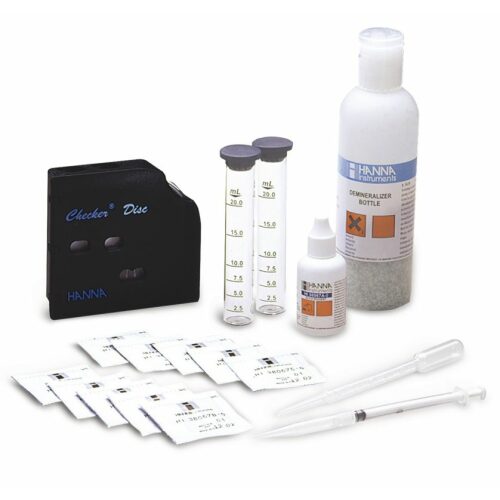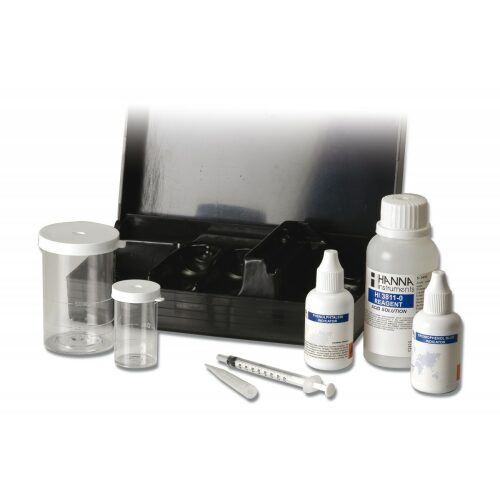-
×
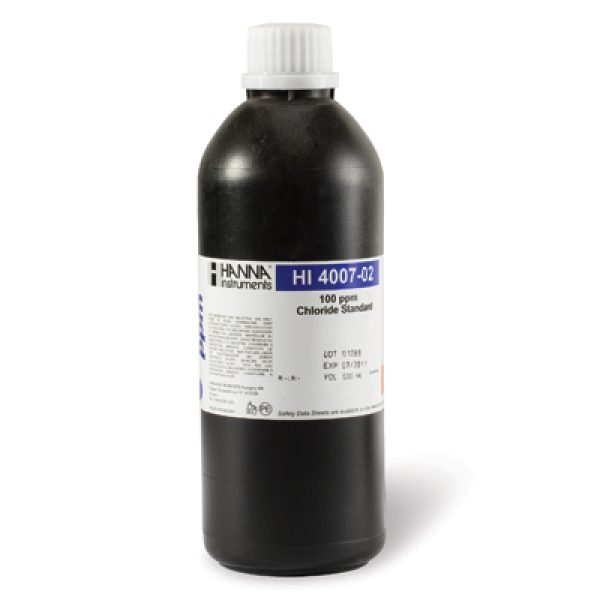 HI4007-02 ISE 100 mg/L (ppm) Chloride Std , 500 ml Bottle
1 × ฿3,531.00
HI4007-02 ISE 100 mg/L (ppm) Chloride Std , 500 ml Bottle
1 × ฿3,531.00 -
×
 HI98301 DiST®1 TDS-Tester (up to 1999 ppm)
1 × ฿3,317.00
HI98301 DiST®1 TDS-Tester (up to 1999 ppm)
1 × ฿3,317.00 -
×
 HI98127 pH/°C-Tester (0.1 pH resolution) - waterproof
1 × ฿5,885.00
HI98127 pH/°C-Tester (0.1 pH resolution) - waterproof
1 × ฿5,885.00 -
×
 HI3810 CTK Dissolved Oxygen
1 × ฿4,494.00
HI3810 CTK Dissolved Oxygen
1 × ฿4,494.00 -
×
 HI9812-5 Multiparameter pH/EC/TDS/°C - EC to1990 µS/cm
1 × ฿10,807.00
HI9812-5 Multiparameter pH/EC/TDS/°C - EC to1990 µS/cm
1 × ฿10,807.00 -
×
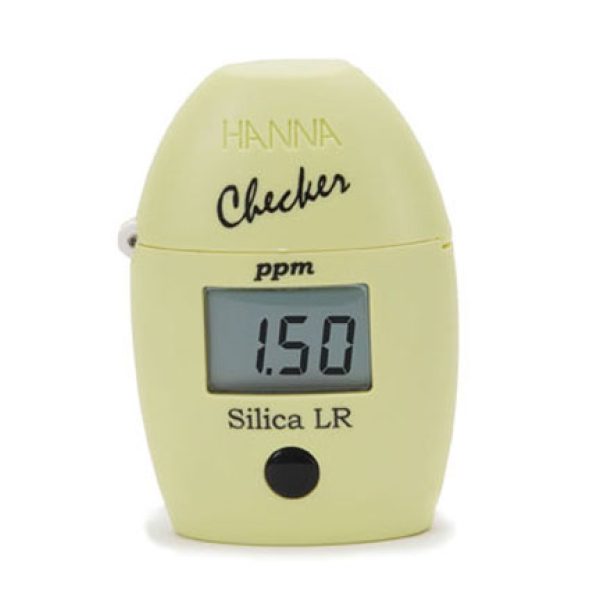 เครื่องวัดปริมาณซิลิกา ช่วงต่ำ ในตัวอย่างน้ำ รุ่น HI705
1 × ฿3,103.00
เครื่องวัดปริมาณซิลิกา ช่วงต่ำ ในตัวอย่างน้ำ รุ่น HI705
1 × ฿3,103.00 -
×
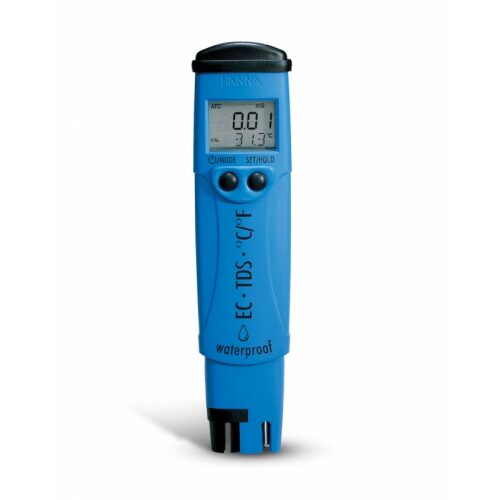 HI98311 DiST®5 EC/TDS/C°-Tester, (0-3999 µS/cm - 0-2000 mg/l (ppm)) waterproof
1 × ฿6,634.00
HI98311 DiST®5 EC/TDS/C°-Tester, (0-3999 µS/cm - 0-2000 mg/l (ppm)) waterproof
1 × ฿6,634.00 -
×
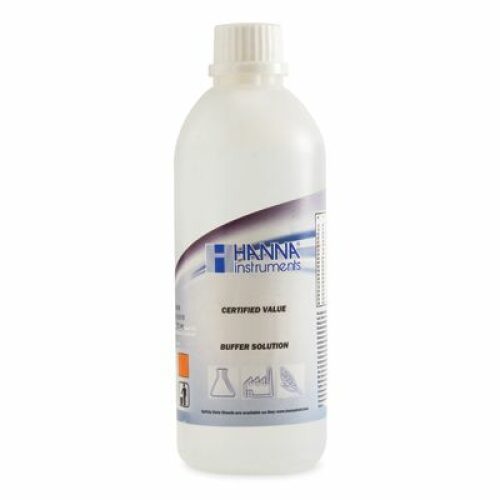 HI5007 - 7.01 pH@25°C - TQ - 500ml
1 × ฿1,658.50
HI5007 - 7.01 pH@25°C - TQ - 500ml
1 × ฿1,658.50 -
×
 HI7022L - 470mV ORP Test Solution - 500ml
1 × ฿1,712.00
HI7022L - 470mV ORP Test Solution - 500ml
1 × ฿1,712.00 -
×
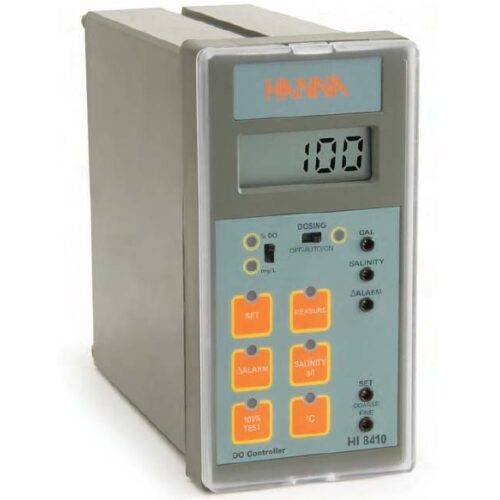 HI8410 Dissolved Oxygen Controller with 4 to 20mA
1 × ฿41,195.00
HI8410 Dissolved Oxygen Controller with 4 to 20mA
1 × ฿41,195.00 -
×
 CTK Härte Gesamt
1 × ฿642.00
CTK Härte Gesamt
1 × ฿642.00
Subtotal: ฿82,978.50
